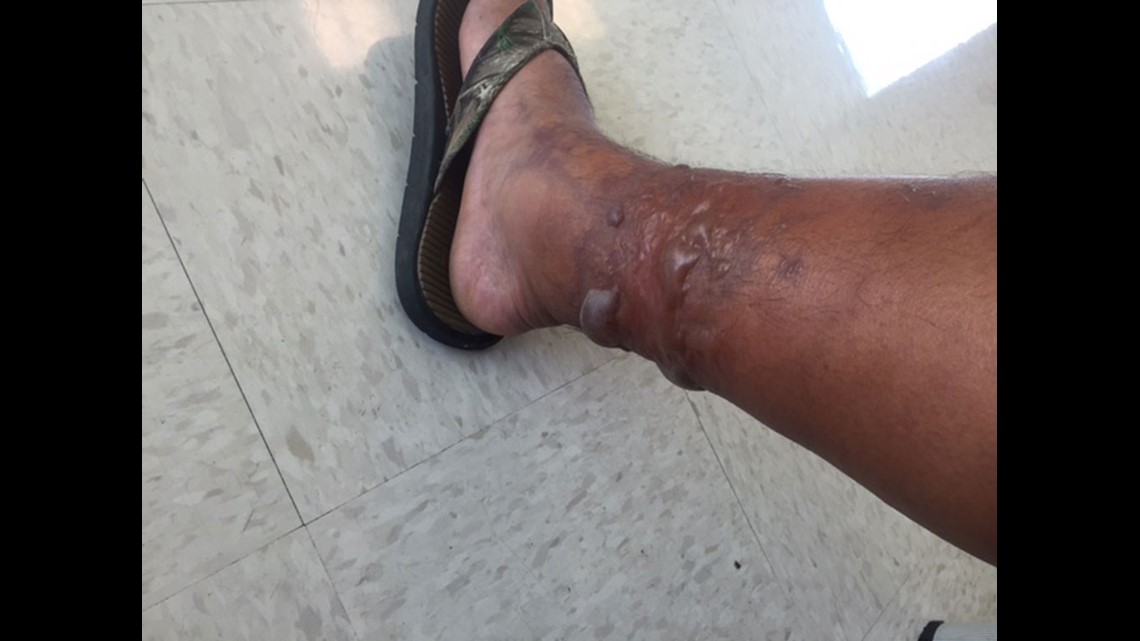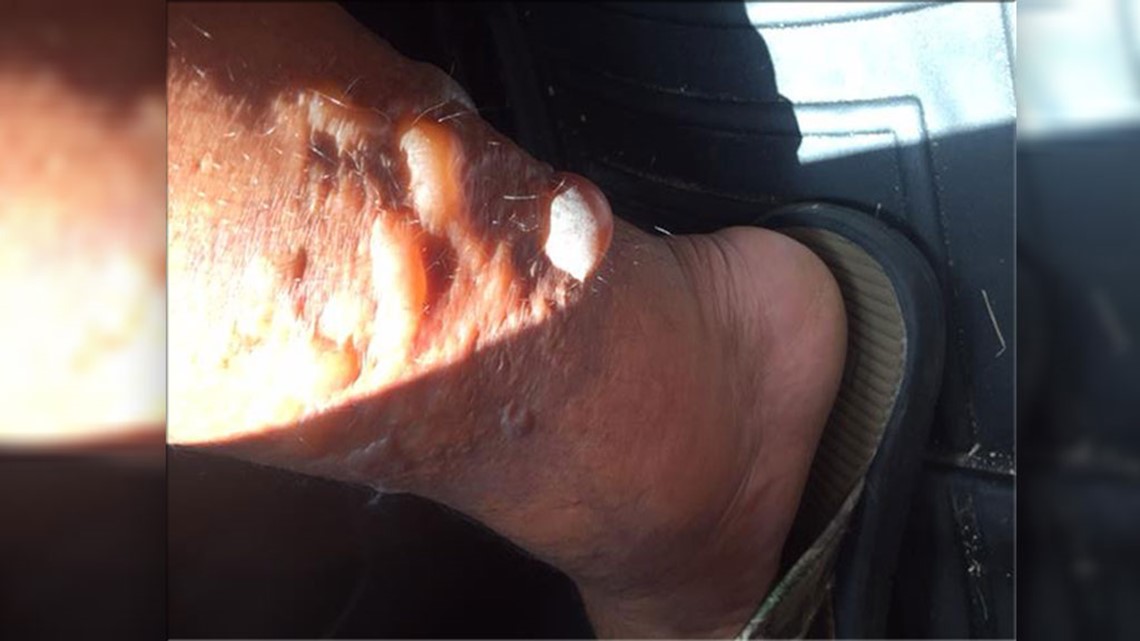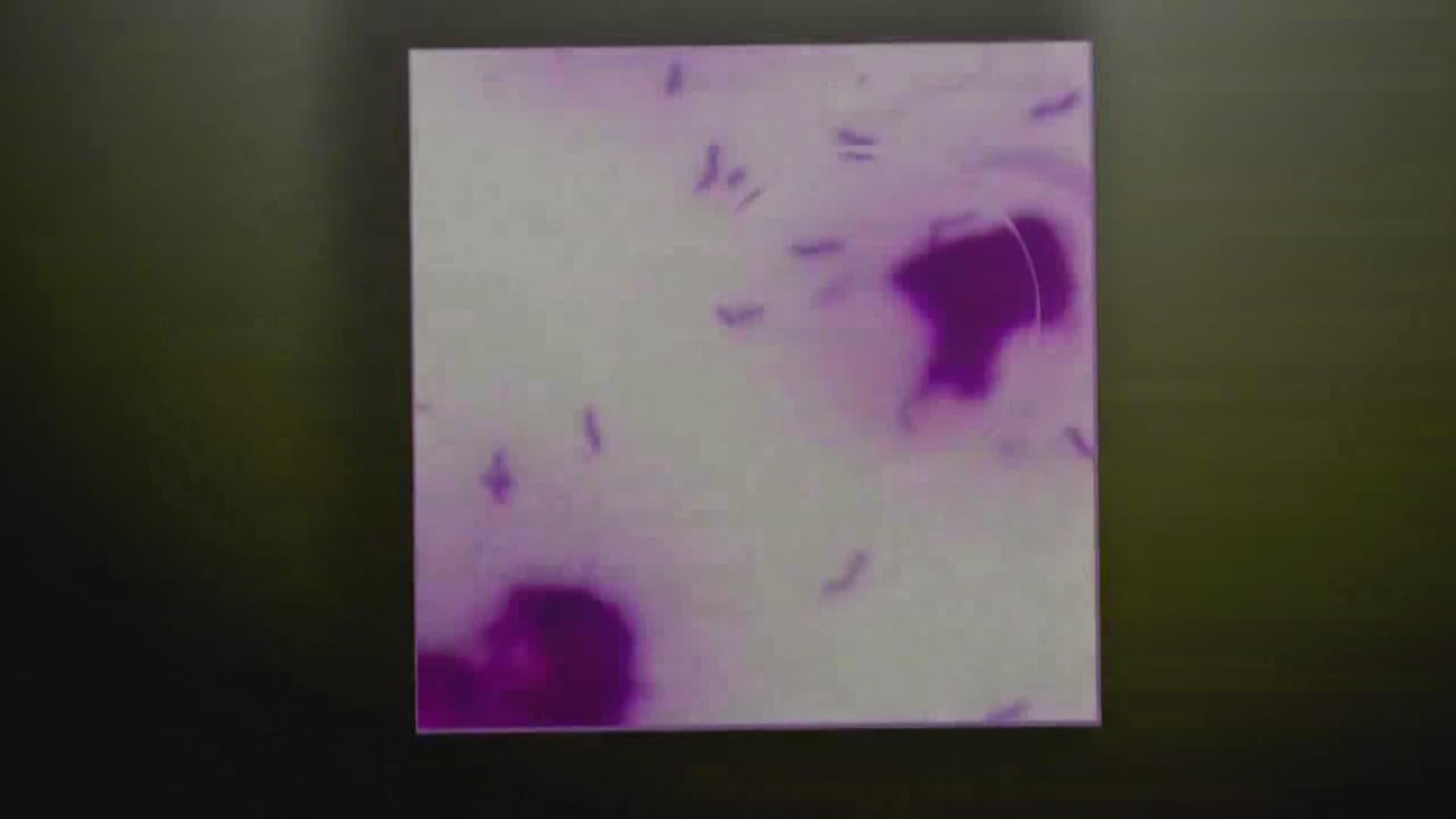The summer season is knocking on your door, and the idea of a great beach vacation is something you and your family might try to squeeze into your budget.
In Texas, beach options aren't too far away because our southern border sits on the Gulf Coast.
But there's a secret.
A seagull-shaped bacteria, otherwise known as Vibrio Vulnificus, lurks near water surrounding Texas beaches.


While the flesh-eating bacteria is a danger to humans, Vibrio Vulnificus cases are not as common as people may think.
In fact, Dr.Alfred Scott Lea, the director of the Infectious Disease Clinic, said one of the biggest myths people worry about is going to the beach.
“This bacteria occurs most often in warm muddy water, but not the Gulf of Mexico. While it’s there, the "Vibrio family" has an attraction to the mucky bottom of warm - semi-salty standing water - like coastal bays,” Lea said.
How does it enter the body?
For instance, if someone swallowed brackish water or splashed some in their eyes, could Vibrio Vulnificus live in their body?
Dr Lea says that is false.
“The mucous membranes will take care of you. It has to get past the barriers of the body,” Lea said.
Does hand sanitizer kill the flesh-eating bacteria?
“There is no data scientific or otherwise that suggest that alcohol based hand wash will keep this away,” Lea said.
Research, right now, points to flesh wounds of varying size as the culprit for catching Vibrio Vulnificus while out on the water.
Once it enters your body, that's when the trouble begins, Dr. Lea said.
You have to think about it this way: Vibrio Vulnificus starts a battle between your white and red blood cells.
Dr. Lea said the bacteria breaks its way into a soft layer of flesh between the skin and the muscles. After a period of two to five days, the bacteria spreads like wildfire.
However, the odds of actually contracting it in the state of Texas are one in a million.
“Ten percent of people will wind up with an amputation, probably 80 percent will lose some amount of tissue from their legs or extremities, and there's a 60 percent mortality rate,” Lea said.
Over the last 15 years, there has been a gradual increase in Vibrio Vulnificus cases in Texas.
In 2001, 14 cases were reported, and in 2015, 35 cases were reported. Dr. Lea said most of the cases are in Galveston and Harris Counties.
So, what's causing the increase?
More people are aware of the diseases and report their cases.
Health care providers, hospitals, laboratories and schools, are required to fill out a form for patients suspected of carrying the disease to the Health and Human Services Department within 24 hours.
Dr. Lea stated symptoms such as high fever, sepsis, and chills are common.
It's a disease that doesn't discriminate.
A Father's Day weekend trip to Port Aransas changed the life of Buda resident, Adrian Ruiz.
Doctors diagnosed him with Vibrio Vulnificus after he noticed a rash on his leg.
This germ caused a four-month ordeal for the Ruiz family. Adrian's leg swelled twice its normal size coupled with blisters the size of grapes.


“When I had the rash, it was like being set on fire where this rash was around my leg,” Ruiz said.
Ruiz immediately thought he was going to lose his leg but doctors were able to preserve it.
Now, he is about 85 percent healed but his leg still swells up a little.
“Man I need to take care of my legs I guess a little bit better,” Ruiz said.
All in all, Vibrio Vulnificus cases are extremely rare, and there isn't a need to cancel beach plans because of them. That has been verified.
Vibrio Vulnificus can be treated with antibiotics.
Although there's a chance that the bacteria can come back, doctors say those cases are unusual.
The bacteria has been found at Sabine Lake, Trinity Bay and Matagorda Bay, according to Dr. Lea.
Click here to view the map.



